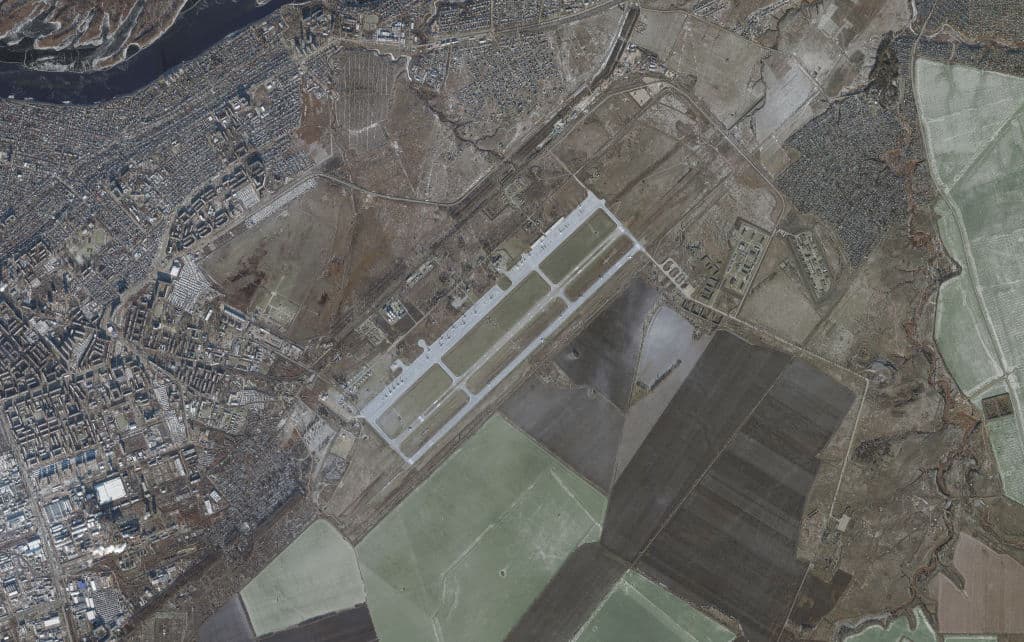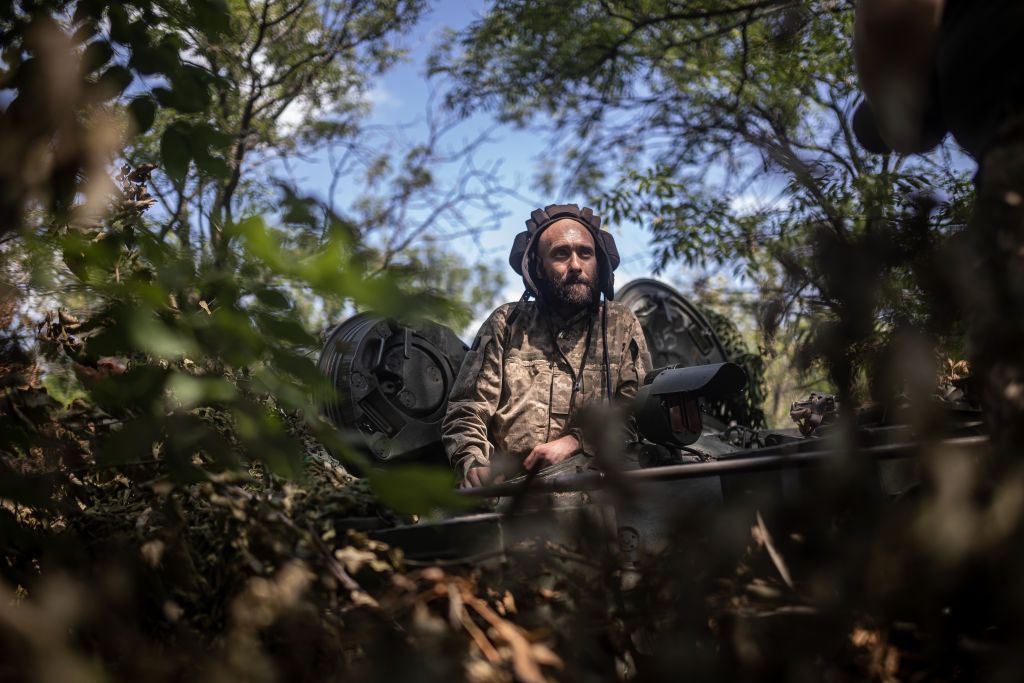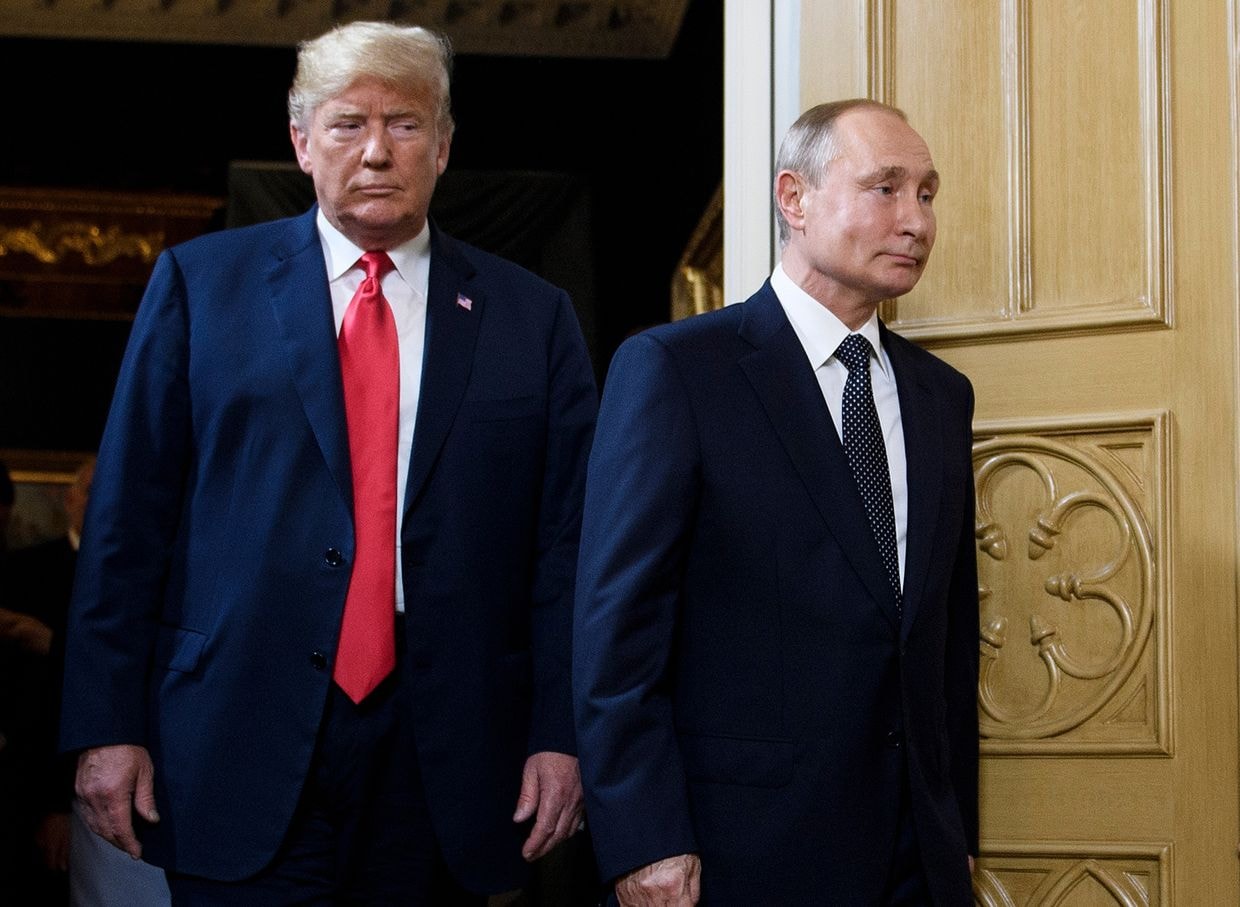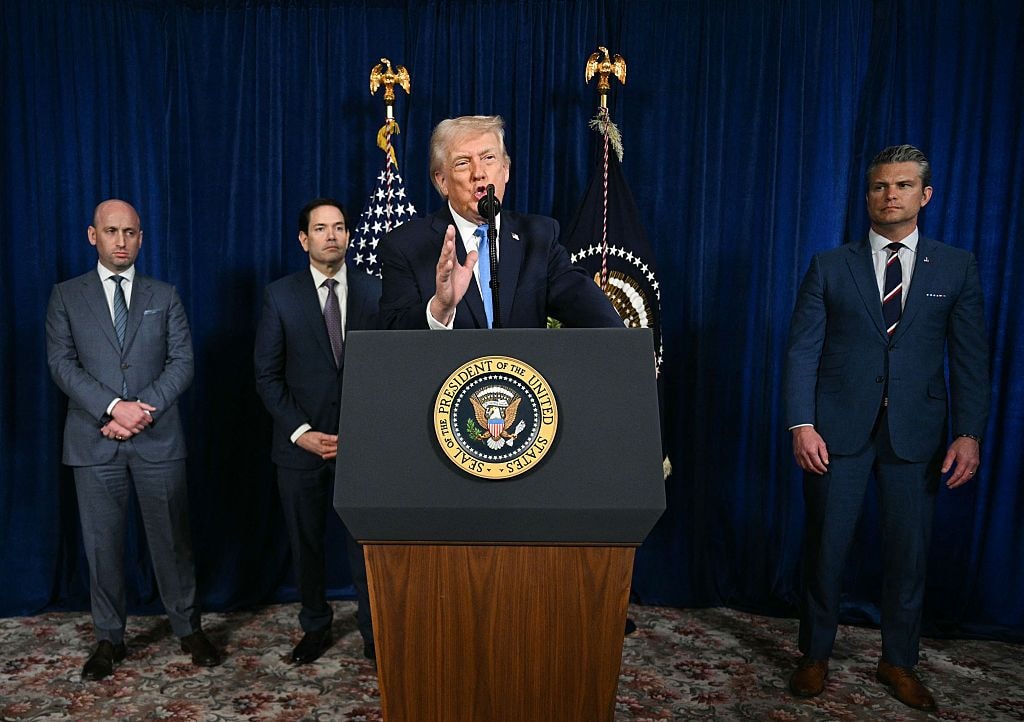Ukrainian drones threaten Russia but production scarcity is an issue

Ukraine may have a chance to reshape this war — if it can solve its wartime production challenges.
Earlier this week, two airbases deep inside Russia were struck by explosions. Several Russian strategic bombers were damaged.
While Ukraine has not claimed responsibility, most observers and analysts agree that these were most likely attacks carried out by Ukrainian drones — something that was confirmed to several publications by anonymous sources in the Ukrainian government.
If so, it demonstrates that Ukraine has succeeded at making long-range weapons that can reach hundreds of kilometers into Russian territory and that Russia’s air defense cannot reliably stop them.
If these attacks can be scaled up and repeated, Ukraine can inflict very costly damage on Russia’s strategic targets, while taxing its insufficient defenses to their limits. That would force Moscow to rethink how it fights its war and make its attempt at conquest even harder.
It can also possibly snipe Russian planes and missiles before they’re used against Ukraine.
"If (Russians) have to wake up in the middle of the night because they heard explosions, that's going to be a different type of war," said Samuel Bendett, an adviser with think tank CNA.
But multiple obstacles are likely to limit how many long-range weapons Ukraine can manufacture and use, military experts believe.
“Ukraine is not capable of producing long-range strike UAVs on an industrial scale today,” said Victor Kivliuk, an expert with the Center for Defense Strategies.
Since Russia escalated its war on Ukraine in February, no Ukrainian city, power plant, factory or residence has been safe from its drones and missiles.
Ukrainians learned to live knowing that Russian weapons can come any moment to take away their utilities, livelihoods or, indeed, lives. Things got especially bad in the fall, when Russia intensified its strikes on critical infrastructure.
In contrast, people and enterprises in Russia have had the luxury of being unaffected by direct fighting, except those who have been mobilized to serve.
Now, Ukraine looks like it may have a way to force Russia to endure the same hardships, albeit on a smaller scale.
Ukraine’s top military commander Valeriy Zaluzhniy reportedly ordered the defense industry to develop ways to shift the pressure towards Russia.
Information is limited about what’s in development, what’s been used and where it overlaps. Ukraine does not claim responsibility for strikes within Russian territory.
Ukraine’s main defense conglomerate, Ukroboronprom, has talked about developing long-range UAVs for some time.
At the start of November, Ukroboronprom project manager Oleh Boldyrev said that a machine with a 75-kilogram warhead had already been tested and would take flight by the end of the year.
More recently, Ukroboronprom said that it was testing a drone with a range of 1,000 kilometers. It is not clear if these statements refer to the same UAVs or whether they had anything to do with this week’s attack.
Kivliuk said that an attack UAV called the AN-BK-1 Horlytsa is under development by aerospace company Antonov. Its maximum one-way range is 1,000 kilometers but if it has to fight, maneuver and return to base, the range is much shorter — 120 kilometers.
Kivliuk added that another attack drone, the Sokil-300, is under development by defense contractor Luch. It’s supposed to have a range of up to 3,300 kilometers. Both of these models are multi-use aircraft, not kamikaze drones like the Iranian drones used by Russia.
Russia said that the recent attacks were carried out by modified Soviet-era Tu-141 jet-powered reconnaissance drones fitted with warheads. These also have a maximum range of about 1,000 kilometers, Kivliuk said.
Multiple experts said it’s plausible and likely that Tu-141s were involved.
Financial Times cited an unnamed Ukrainian defense adviser that the weapons were neither Ukroboronprom models, nor modified Soviet UAVs but products of a separate joint initiative between the government and the private sector.
Separately, Bendett believes that Ukraine learned from downed Iranian Shahed-136 and 131 drones that Russia sent against it in large numbers in October and November and may have incorporated that knowledge into its weapon programs.
If Ukraine can muster the industrial stamina, parts and expertise to produce multiple UAVs quickly and employ them in significant numbers, it could change the dynamic of the war.
Russia, with its indefensibly huge landmass filled with vulnerable targets, would be confronted with difficult choices.
“Because of these attacks, Russia now faces the same dilemma Ukraine faces, which is that they have to decide with limited air defense resources,” said Marcel Plichta, a former analyst with the U.S. Department of Defense.
“Should they all be up at the front to shoot down Ukrainian drones and threaten Ukrainian aircraft or should they start to be placed in the rear to safeguard bases or oil installations? And there are many of both in range of these drones.”
The Russian military has demonstrated that its capabilities on paper don’t reflect reality thanks to stolen, outdated, mishandled or poorly maintained equipment. There’s no reason to believe that its air defenses will be any different, according to Alina Frolova, another expert with the Center for Defense Strategies.
"As this war showed, perceptions of Russian capabilities are exaggerated. It's unlikely that they seriously prepared for a traditional war at this level and seriously examined the threat of attacks in their own territory," she said.
Frolova added that the Russians would have to devote lots of attention and resources to safeguarding their strategic assets, for example moving their bombers out of harm’s way. She compared it to how Russia was forced to move aircraft out of Crimea after heavy Ukrainian strikes on the airbases there.
“This changes the entire configuration of their possibilities,” she said. “This substantially affects how they plan operations, splits the attention of their defenses and drains their resources. It’s also a psychological factor.”
Bendett added that the ensuing “round-the-clock stressful situation” could lead to instability in the ranks.
“It’s gonna demonstrate to them that despite all their preparation and restructuring they are vulnerable,” he said. “This may lead to high-profile reshuffling within the ministry of defense, if Ukraine demonstrates it can strike multiple targets at once and Russia’s air defenses are not working or not working properly. It may lead to replacements or other solutions, it may require the mobilization of the civilian population to watch the sky.”
However, for it to really count, Ukraine would need to strike regularly with multiple weapons.
"The trick is volume and intensity of attacks," said Plichta. "It's attrition — you want to be wearing Russian air defenses down over time and stressing their system. You need to have a good pace of production and a decent stock to do that."
But while Ukraine has the technical expertise, its manufacturing capacity has been affected by war. A substantial percent of its factories have been damaged by bombing. Furthermore, any large-scale assembly line would be conspicuous and invite Russian missiles.
“I don't think a large industrial flow can exist in Ukraine,” said Frolova. However, there are ways around it. Assembly plants can run at a smaller scale. Hulls for simpler drones can be 3D printed or made from easily obtainable materials. Ukraine can make use of a hybrid production system, with systems being made in garages, industrial plants, and everything in between.
To build more complex systems faster, Ukraine may need European partners. Frolova said that after talks with Poland, a joint initiative of some kind was launched, although it’s unknown what it’s producing.
Some components are harder to get, like Inertial Navigation Systems that are made by relatively few manufacturers in the West, Plichta said. These systems are tightly controlled. Engines, avionics, communications, optics and weapons will also be challenging, according to Kivliuk.
Given Western reluctance to supply long range missiles to Ukraine and rhetoric against “escalation,” it’s likely that the Western states will try to at least publicly distance themselves from projects that involve striking targets deep inside Russia.
Kivliuk added that not all exporters are ready to transfer sensitive tech, fearing it might fall into the hands of the Russians.
What Ukraine does have is a large and growing cadre of professionals who can operate drones, as well as tech experts who can handle the programming.
"Ukraine's IT school is among the strongest in the world so there won't be any problems with that," said Kivliuk.














